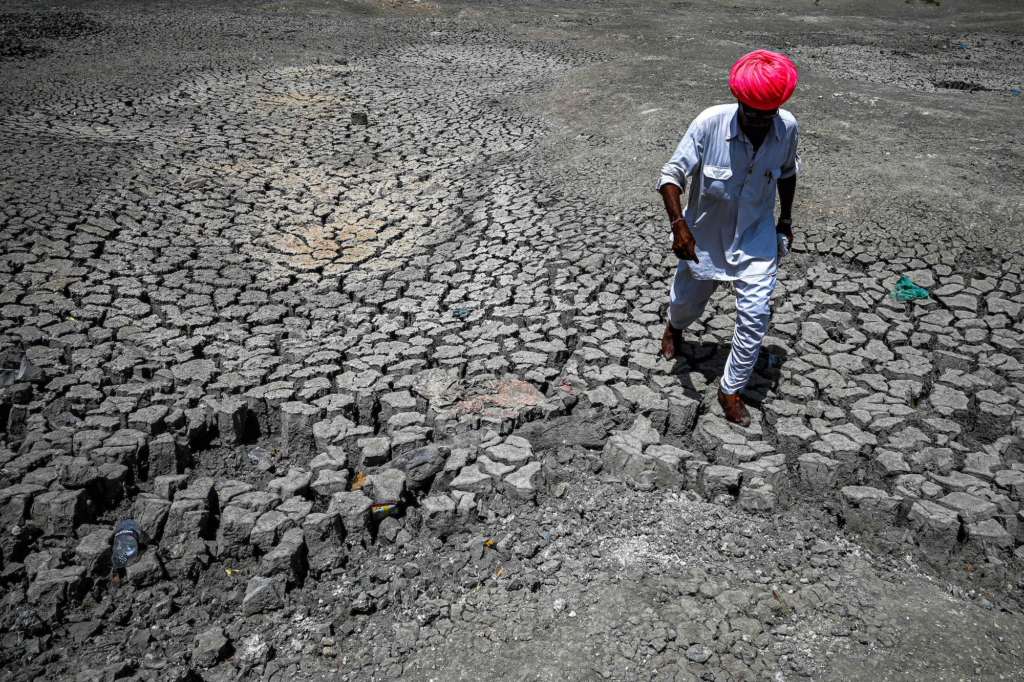The Heat Crisis in India: A National Emergency
The northern and central regions of India are currently facing a severe heat crisis, with temperatures escalating to dangerous levels. Delhi, the nation’s capital, is experiencing some of the highest temperatures, nearing the 50°C mark, which has led to a state of public health concern and has significantly disrupted the lives of its citizens.

Unprecedented Temperature Rise
This current heatwave has broken all previous records, with Delhi’s temperatures hitting an alarming high of 52.3°C. This severe weather condition has been officially categorized as ‘severe’ and is affecting the well-being of millions who are finding it difficult to endure the extreme heat.
Adverse Health Effects
The extreme heat has resulted in serious health issues. There have been instances of schoolchildren collapsing, and a surge in hospital admissions due to heat-related illnesses like heatstroke and dehydration is being reported. Those most at risk include the elderly and individuals with chronic health conditions.
Impact on Economy and Society
The heat crisis is having a detrimental effect on the economy, particularly in sectors that rely heavily on manual labor, such as farming and construction. Workers in these fields are exposed to dangerous working conditions, leading to calls for governmental measures to protect their health and safety.
Measures Taken by Authorities
The government has taken action by issuing red alerts and providing guidance on safety precautions to the public. Initiatives like establishing cooling shelters and distributing water at no cost are underway to offer some relief. Water usage is also being regulated to avoid shortages during this critical time.
Future Projections
Weather experts anticipate that the heatwave will continue for a few more days, with hopes pinned on the upcoming monsoon season to provide a reprieve from the intense heat. In the meantime, the emphasis is on enduring and adapting to this challenging weather condition.
Final Thoughts
The ongoing heatwave in India serves as a powerful reminder of the growing occurrence and severity of extreme weather events. It highlights the immediate need for strategic planning to address climate change effects and to safeguard those who are most vulnerable to its harmful consequences.










